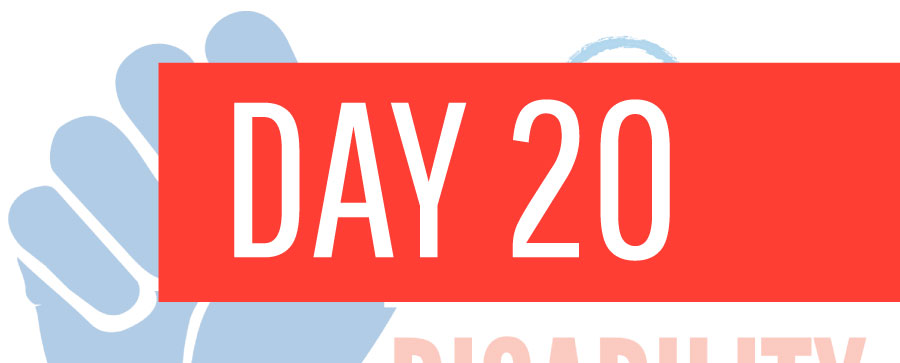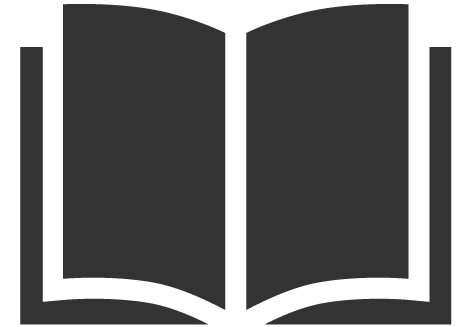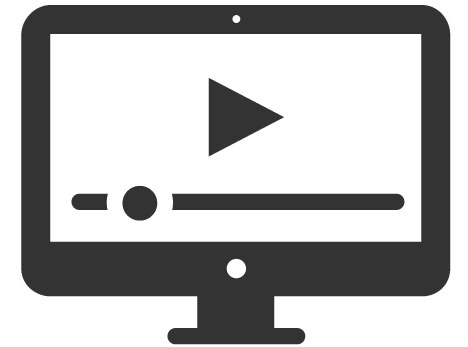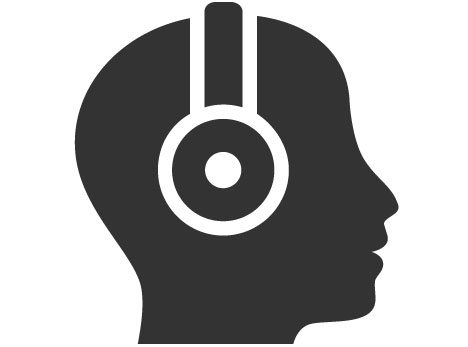
In every social justice movement, there are three groups of people: Those who are impacted by the injustice, those who perpetuate the injustice, and allies. An ally is a member of a dominant group (those not directly oppressed by the injustice) who believes that eliminating oppression benefits everyone. An ally uses their power, privilege, and spheres of influence to dismantle systems of oppression. Like other marginalized groups, people with disabilities collaborate with their allies when advocating for access and social change.
To be an effective ally to the disabled community, there are a few things everyone needs to know. First, allyship and neutrality are not the same; being an ally is an active role, not a passive one. When practicing authentic allyship, people are either on the side of the oppressed or the side of the oppressor. To become an ally, you must be willing to continuously reflect on your own privilege and practices. Are you knowingly or unknowingly perpetuating ableism? If the answer is “yes,” what are you going to do about it? Allies who recognize they have done harm to the disability community can remedy that harm by taking accountability, apologizing to those they may have directly impacted, and committing to educating themselves so that they can be better advocates in the future. Allies who engage in self-reflection are essential in the Disability Rights Movement.
When educating themselves, allies should be proactive in learning about the history and current issues faced by the disability community. Understanding landmark legislation like the Americans with Disabilities Act (ADA) and being aware of ongoing policy debates can help allies support the community more effectively. Attending disability rights events and engaging with advocacy organizations can also provide valuable learning, insights, and connections. When allies are able to pay disabled educators or advocacy organizations, they can help ensure labor is fairly compensated and educational opportunities remain abundant.
Another crucial aspect of allyship is amplifying the voices of people with disabilities rather than speaking for them. This means using your platforms to share their stories, supporting their initiatives, and ensuring that their perspectives are at the forefront of discussions about disability rights and justice.
Additionally, allies must understand that individuals living with disabilities know what they need. If they share experiences and desires for change with allies, believe them. It is not an ally’s job to be the expert on ableism or to judge the validity of the need. For this reason, continuing to do research and asking trusted individuals with lived experience is recommended. This ensures accuracy in advocacy on the part of allies.
Those within the disability community should also recognize the need to be allies and supporters of one another. The disability rights motto “Nothing about us without us” applies to all members of the disability community. Disabled people need to believe, value, and include each other, even when their experiences differ. People with different disabilities may not experience ableism in the same specific ways, but they can all take part in addressing and advocating to end injustices by listening to one another and being inclusive as a movement. Lastly, allies to the disability community must know that change is possible. If people with disabilities and their non-disabled allies work together to dismantle ableism, we can build a society that values disability as human diversity, is free of attitudinal barriers, and in which all people benefit from full access and inclusion. By embracing a collaborative approach and maintaining a commitment to continuous learning and self-reflection, allies can play a significant role in creating a more equitable and inclusive society.
![[Image description: Illustration on a dark blue background that features an acrostic word poem titled “Ally,” in which each letter of A-L-L-Y is highlighted vertically in a different color and stands next to a phrase that starts with that letter.
• A: Acknowledge and respect individual experiences and abilities.
• L: Learn about different disability types.
• L: Leverage your influence to promote accessibility and inclusion.
• Y: Yield the floor to people with disabilities to help identify and eliminate barriers.
To the right of the poem are illustrations of diverse individuals with disabilities, including a person in a wheelchair, a person with a white cane, a person with a prosthetic leg, and a person with a non-apparent disability. The logo for the Centers for Disease Control and Prevention is in the bottom right corner.
Attribution: Centers for Disease Control and Prevention, Become a Disability A.L.L.Y. in Your Community and Promote Inclusion for All (Updated 2024).]](https://unitedforscmi.org/wp-content/uploads/2022/08/dec20.jpg)
[Image description: Illustration on a dark blue background that features an acrostic word poem titled “Ally,” in which each letter of A-L-L-Y is highlighted vertically in a different color and stands next to a phrase that starts with that letter.
- A: Acknowledge and respect individual experiences and abilities.
- L: Learn about different disability types.
- L: Leverage your influence to promote accessibility and inclusion.
- Y: Yield the floor to people with disabilities to help identify and eliminate barriers.
To the right of the poem are illustrations of diverse individuals with disabilities, including a person in a wheelchair, a person with a white cane, a person with a prosthetic leg, and a person with a non-apparent disability. The logo for the Centers for Disease Control and Prevention is in the bottom right corner. Attribution: Centers for Disease Control and Prevention, Become a Disability A.L.L.Y. in Your Community and Promote Inclusion for All (Updated 2024).]

Read
- Life of a Blind Girl – How To Be a Good Disability Ally
- Love Disabled Life – Actionable Tips for How To Be a Supportive Disability Ally
- Drew Dakessian, World Institute on Disability – How To Be a Good Ally to Disabled People
- Centers for Disease Control and Prevention – Become a Disability A.L.L.Y. in Your Community and Promote Inclusion for All

Watch
- BBC World Service – How to Be an Ally and Build a More Inclusive World (5:59, includes captions and transcript)
- KRON 4 – Becoming a Better Ally During Disability Pride Month (6:16, includes captions and transcript)
- Youth Disability Advocacy Service – How Can I Be Good Ally to the Disability Community (3:15, includes captions and transcript)

Listen
Think Inclusive Podcast – Emily Ladau | How To Be an Ally To Disabled People (34:34, transcript here)
Discussion
- What are some of the key actions an effective ally should take to support individuals in the disability community?
- Why is there no middle ground between being an ally and being an oppressor?
- Are you an ally to people with disabilities? If so, what things do you do to dismantle ableism?
- List three things you could do to assist in the Disability Rights Movement.
